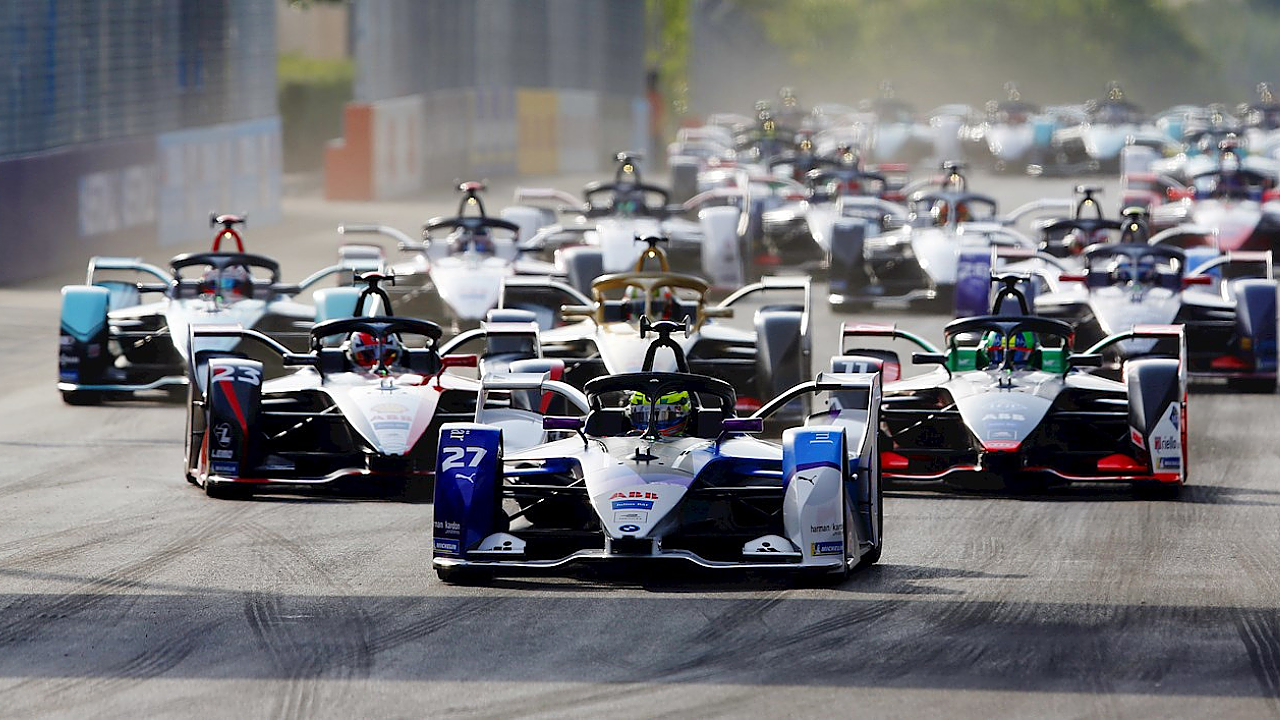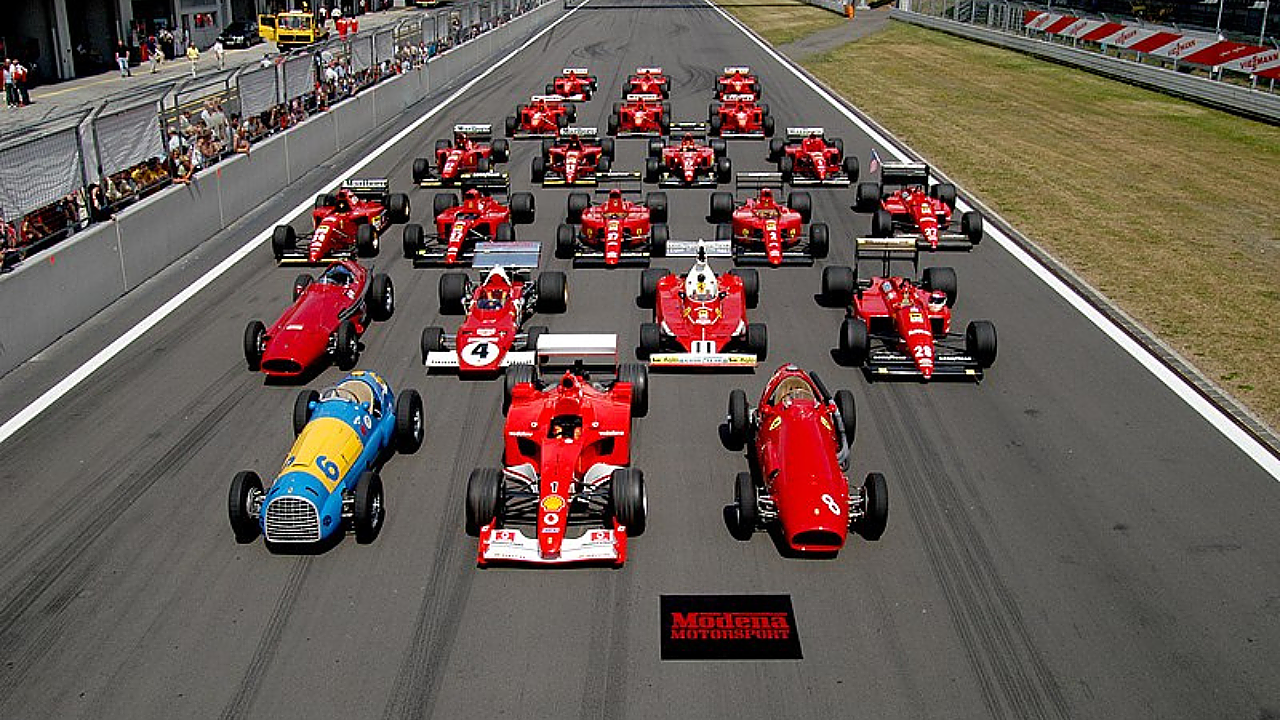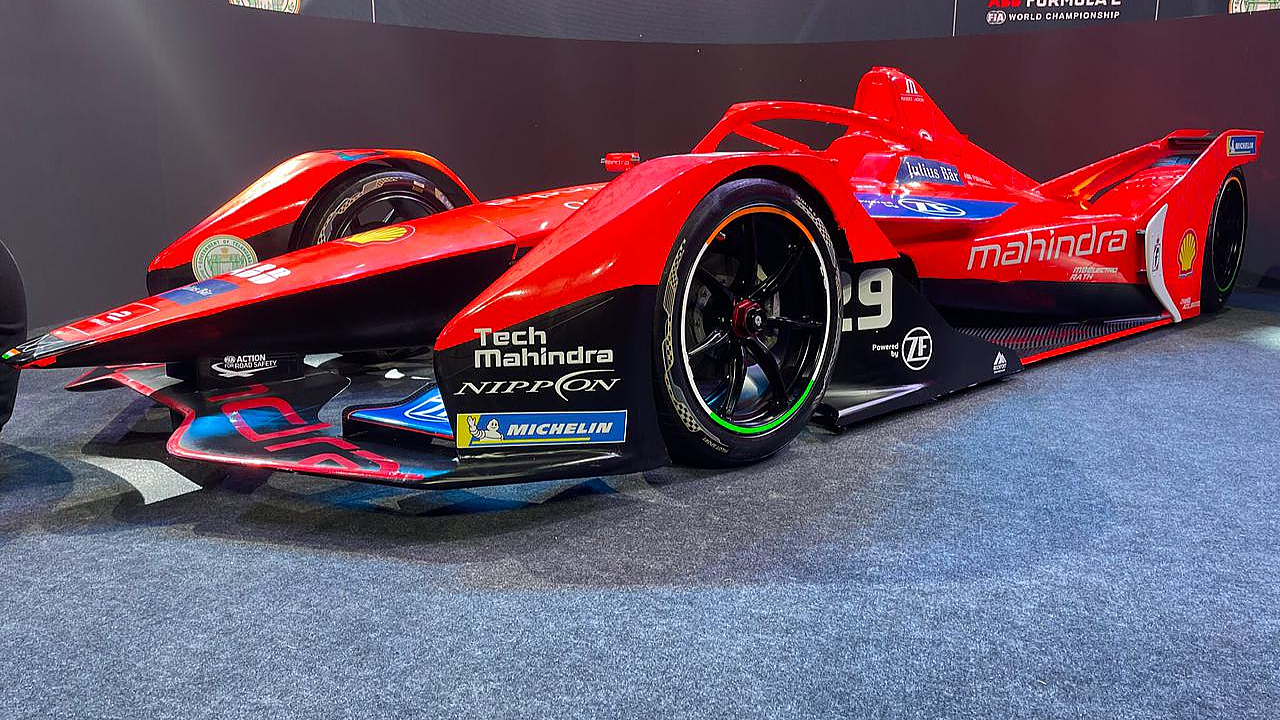
Motorsports holds a special place in the hearts of car enthusiasts. The sheer speed and sound of the vehicle, combined with the thrill of going through tight corners with no idea what’s going to happen next, makes every automobile enthusiast’s heart beat faster.
F1, managed by the Fédération Internationale de l’Automobile (FIA), is one of the most popular motorsports of all time. The history of F1 can be traced back to the 1890s, through the Edwardian era, the bleak twenties, German dominance in the 1930s, and early post-war Italian dominance.
Interestingly, the first race to use the term “Grand Prix” was the 1901 French Grand Prix at Le Mans, won by Ferencz Szisz in a Renault, who covered 700 miles at 63.0 mph. The 1906 Grand Prix de l’Automobile Club de France, also known as the 1906 French Grand Prix, was organised at the request of the French automobile industry as an alternative to the Gordon Bennett races, which limited the number of entries from each competing country regardless of the size of its industry.
During the initial days of motor racing, the cars were upright and heavy, while roads were tarred sand or wood, where reliability was a problem and drivers were accompanied by mechanics. Meanwhile, the races usually took place on public roads from town to town, which was very long by modern standards.
The first proper motor race was a 1,200 km road race from Paris to Bordeaux in 1895, won by Émile Levassor in 48 hours with his Panhard et Levassor. One of the early year’s most successful drivers, Fernand Charron, won the Paris-Bordeaux race in 1899, also in a Panhard, at a blistering average speed of 29.9 mph.
Sustainability
Race cars have undergone significant changes over the years, making them more aerodynamic and allowing them to reach higher speeds while also becoming stronger.
However, one aspect of these improvements that increased was these vehicles’ fuel consumption. According to reports, an average F1 car in 2019 uses a maximum of 110 kgs of fuel per race (305km / 190 miles), which is inefficient and contradicts the current theme of ‘sustainability’ in the mobility sector.

To make the sport continue with the current trend of sustainability, Formula E was launched. Started on the grounds of the Olympic Park in Beijing in 2014, Formula E’s founding mission was for its race through the streets of the world’s most iconic cities - with a grid full of the best racing drivers and teams - to show just what sustainable mobility was capable of, driving electric vehicles to the forefront in the race for a better, cleaner future.
Since its start, the motorsport has seen a total of eight seasons so far, with existing changes to the vehicle, track, and rules as it continued to attract more audience. However, the most notable update to the championship came in during the eighth season when it got the FIA world championship status.
Now though, from 2023, the race enters its ninth season, and with the new season, some more exciting changes are on the horizon. In the new season, motorsport fans will be greeted by the Gen3 car. Used between 2014-2017, the Gen1 car with a battery capacity of 28 kWh had a top speed of 226 kmph, while the Gen2 could hit a top speed of 280 kmph with its increased battery capacity of 52 kWh.
The new Gen3 car sees significant improvements over the older generation vehicles. The new car can initially hit a top speed of 322 kmph due to its two-motor setup, one on each axle.
While speaking to Mobility Outlook, Albero Longo, Co-founder and Chief Championship Officer of Formula E, noted that although the vehicle gets one motor on each axle, the car will essentially be driven by the rear wheels only. The front motor, meanwhile, will be used for braking purposes only.
Longo stated, “40% of the energy requirements of the vehicle during the race can be met through this regen braking system alone.”
Meanwhile, Dilbagh Gill, Member of the Organising Committee, Formula E, told Mobility Outlook that the vehicle has been tested in extreme weather conditions to ensure the same level of performance by the vehicles in tracks across the world.
Besides this, the co-founder stated that the new car also sees a reduction in weight over the last generation of vehicles by around 70 kgs. In addition to this, season nine of motorsport will also see the introduction of a new technology called ‘booster’. Essentially a way to recharge the vehicle during the race, the new technology will ensure 10% battery charge in 30 seconds, Longo noted.

However, he continued that the extra charge will not be used for increasing the range but rather for the vehicle’s performance.
Speaking of the range, the new vehicles can run around the circuit for about 50 minutes, equivalent to what the older generations could. However, the new generation vehicle sees an increase in top speed as well.
Adding New Venue
When it started in 2014, the sustainable motorsport event had only one track, Beijing. However, currently, the championship is held across 21 cities. With season nine, another city - Hyderabad is being added.
The ninth championship season starts on 14 January 2023 at the Mexico City track. The fourth round out of the 17 rounds of the race will happen on the street circuit in Hyderabad. The circuit has been developed by Formula E, the Government of Telangana and Ace Nxt Gen with a four years association contract for the track.
Longo stated that the civil works for the Hyderabad track, including asphalting, re-asphalting and procurement of the track’s walls and fences, have been done.
“I can proudly say today that in two weeks time there is going to be a race already on our track in Hyderabad and then there is going to be another one in December before we come in February with a big show,” he said.
With 98 days remaining for the race in Hyderabad, the CCO added that the work on the track for the event is still in progress, such as procurement of tents, grandstands, and security along with working on waste and water management, among other things required during the event.
Meanwhile, the organising committee also aims to employ around 3,000 employees for the first race in Hyderabad, which is a thousand more than for other tracks. However, from the second race onwards, the number of employees will come down to 2,000, the CCO confirmed.

Speaking of the track and the safety aspect of it, Longo explained that the track in Hyderabad has been homologated by FIA and comes under grade three certification but will soon come under grade two certification with minor enhancements.
“We don’t need a grade two track, we did a grade three. But eventually, when we come up with faster cars with the fourth generation, we will need grade two. So that’s why we have asked them to homologate with higher standards,” the Formula E co-founder added.
With the addition of a new track in Hyderabad, Longo believes that the growth opportunity in India for the sport is ‘massive’. “I believe that we have a very strong fan base in India, that we can only get bigger and better, as we now have a race here,” he concluded.